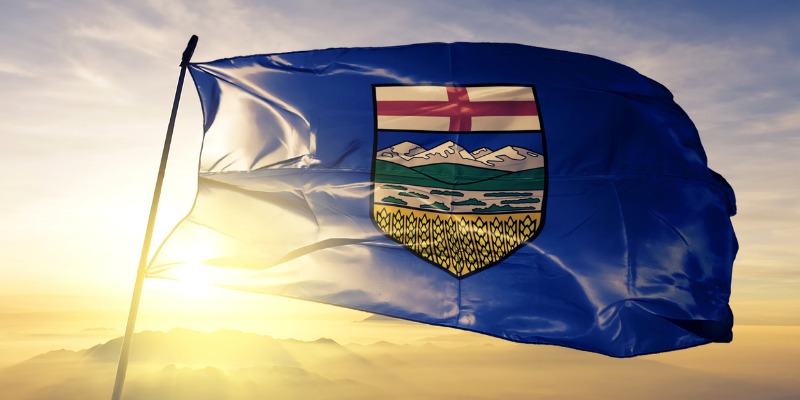Pressure mounts to change ‘stabilization’ program and increase payments to Alberta

After existing in obscurity for most of its life, Canada’s Federal Stabilization Program (FSP) is at the fore as a high-profile policy issue. The FSP is similar to an insurance program for provincial finances, which kicks in when a province suffers a significant revenue decline, usually due to a recession. When this happens, the federal government provides relief through the FSP.
But recently, it’s become clear that the FSP is not well-designed to accomplish its objectives. Indeed, governments in oil-rich provinces (especially Alberta), which have suffered severe economic challenges, argue that the FSP provides only a drop in the bucket to replace revenue losses.
In fact, Conservative Party of Canada Leader Erin O’Toole recently called for significant changes to the program that would allow for larger payments when provinces suffer major revenue losses like Alberta has recently. And he endorsed Premier Jason Kenney’s call for retroactive stabilization payments to the province, which he and some others call the “equalization rebate.”
Let’s take a closer look.
In 2020/21, Alberta suffered one of the nastiest fiscal shocks of any province after the sharp revenue downturn following the oil price crash in 2015/16. However, the FSP did very little to help Alberta cope with either event. Why?
Because way back in 1987, payments were capped at $60 per person, an amount shaped by the decline in natural resource revenues from the forestry industry in British Columbia. Not only is this cap arbitrary and linked to developments from more than 30 years ago, it’s not indexed to inflation, which means the real value of the maximum stabilization payment eroded with time.
As a result, in 2015/16, Alberta received just $249 million in payments from the FSP despite a revenue loss of $7.2 billion—this means the FSP offset just 3.5 per cent of Alberta’s year-over-year revenue loss. That’s not terribly helpful insurance.
In recognition of the FSP program’s shortcomings, Ottawa increased the program’s cap to $170 per person last year. The number is still based on the original cap created in the late 1980s, but now indexed to economic growth. The cap therefore remains linked to an arbitrary event in the ’80s, but the reform at least reversed the erosion of its real value.
Under the new indexed cap, Alberta would have received approximately $752 million in payments in 2020/21, which would cover 19.1 per cent of its $3.9 billion revenue loss. This is quite a bit more “insurance” than the FSP provided following the 2015/16 recession, but Premier Kenney and Erin O’Toole argue its still inadequate. They want the FSP cap removed altogether.
We estimate that an uncapped FSP formula would produce approximately $2.0 billion in stabilization payments for Alberta for 2020/21 and cover 49.6 per cent of the revenue decline—about three times what the province is set to receive.
The proposed changes to the FSP would undoubtedly help provinces cope with large revenue losses. However, there may be unintended consequences, as provinces with volatile sources of revenue (resource royalties, for example) would have less incentive to restrain government spending growth during good times knowing that large FSP payments will help shore up provincial finances during leaner times.
There are legitimate arguments for and against removing the FSP cap. But Ottawa should more clearly articulate its goals for the program and design a principles-based formula with those goals in mind.
Authors:
Subscribe to the Fraser Institute
Get the latest news from the Fraser Institute on the latest research studies, news and events.


